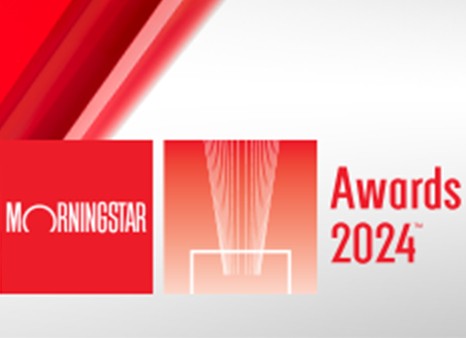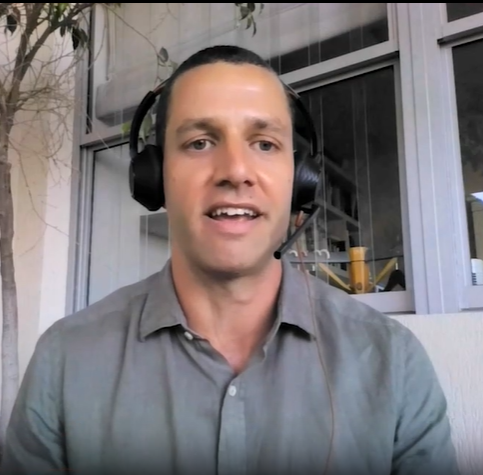Diabetes (sokeritauti) leviää maapallon vaurastuessa. Diabetes-lääkkeiden kehittäjät ovat myös monen sijoittajan tarkkailussa. Asiantuntijamme kertovat tällä videolla, mikä diabetes on ja millaisia insuliinittomia hoitoja (DPP-4, SGLT2, GLP-1). Millaiset näkymät näillä hoidoilla on ja mitkä yhtiöt hallitsevat markkinoita?
Tanskalainen Novo Nordisk on yksi johtavia toimijoita taudin muotojen hoidossa. Yhtiön pörssiarvo on noussut noin 85 miljardiin euroon.
Matt Coffina: For Morningstar StockInvestor, I'm Matt Coffina. I'm joined today by Karen Andersen, who is a strategist on our health-care team. We're going to talk about diabetes drugs.
Karen, thanks for joining me.
Karen Andersen: Sure. Good to be here.
Coffina: Maybe you could start us off with the basics; what is diabetes?
Andersen: Really, there are two forms of diabetes. Type 1 diabetes is an autoimmune disease [that] attacks the cells that make insulin. This leads to very high blood sugar levels, and essentially patients starve because they weren't able to absorb glucose into their cells, but really 90% of people [who have diabetes] have what's known as Type 2 diabetes, and this is adult-onset diabetes
Basically, people either stop [making] or don’t make enough insulin or become resistant to the insulin they do make and need treatments to control their blood sugar levels. Having high blood sugar puts you at risk for all sorts of complications, having to do with cardiovascular issues and kidney failure.
Coffina: Diabetes' prevalence has been rising steadily globally, which is a trend we expect to continue over the next several decades. Can you explain the demographic tailwinds and your outlook for the overall diabetes market?
Andersen: That's true; over the next couple of decades, prevalence of diabetes is supposed to increase to about 10% of the global population. A part of that is just due to the general aging of the population; part of it is also due to the idea that most of us--the population just in general--are becoming more urbanized and more sedentary. So, patients have poor diets, [are] gaining weight, and then throw in any kind of genetic risk factor you might have, and diabetes rates are just going up.
And that really feeds into not just increased prevalence of diabetes, but the diabetes drug market is growing because more patients are getting diagnosed. Of those patients that are diagnosed, more of them are being treated, and more of them are being treated with more drug.
Coffina: I want to talk about noninsulin diabetes drugs. We will come back next week and talk about insulin. But there’s been a lot of innovation here recently. What’s your outlook for DPP-4 inhibitors?
Andersen: DPP-4 inhibitors [are] really the first in what I'd say is kind of a new class of more novel, more effective, and safer products that are coming to market. Merck's Januvia is really the main therapy here. Overall, we think penetration is already quite high for this drug and for DPP-4s in general, and there’s more competition coming to market.
Overall, we think growth rates are just going to stay in the single digits over the next few years, and these drugs really aren't going to gain market share as a class.
Coffina: So there’s a new class, it’s very promising, and that would be SGLT2 inhibitors; what are the main drugs in this class and what's your outlook there?
Andersen: Right. Over the next five years, we think there could be $5 billion in global sales for SGLT2 inhibitors. AstraZeneca and Johnson & Johnson already have drugs on the market. Eli Lilly could be coming to market sometime in the next year. Overall, these drugs look like they're more effective than DPP-4s. They also have the added benefit of weight loss, which is a big deal for patients [for whom weight loss] could actually [make the disease] become less of a problem.
Coffina: Lastly, the GLP-1 analog class--this has also seen some very rapid growth. Who are the main players, and what’s your outlook?
Andersen: GLP-1 is growing very rapidly. This is maybe a $3 billion market today. Novo Nordisk has the leading drug right now, Victoza. There are a couple of other drugs coming to market over the next couple of years that will be once-weekly therapies. Victoza is once daily. There’s a drug from Lilly and also a new drug from Novo Nordisk that look like they could be even more effective for patients.
Coffina: Thank you for joining me, Karen.
Andersen: Good to be here.
Coffina: So, we heard today about noninsulin diabetes drugs. We will be back next week to talk about the insulin class and some investment conclusions. For Morningstar StockInvestor, I'm Matt Coffina.






.jpg)













